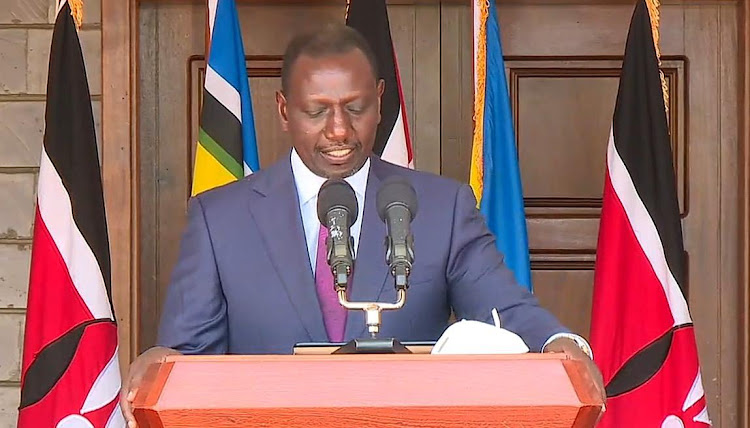Kenya’s public debt situation remains a critical concern, with the government’s heavy reliance on domestic debt instruments to finance its budget. The July 2024 developments in the domestic debt market provide insights into the challenges and implications of this strategy.
According to the Cytonn Monthly – July 2024 report, the domestic debt stock increased by 12.5% year-on-year (y/y) to Kshs 4.7 trillion in June 2024, from Kshs 4.2 trillion in June 2023. This growth was driven by increased issuance of Treasury Bills and Treasury Bonds, as the government sought to meet its financing needs.
The report highlights that Treasury Bonds accounted for 78.3% of the domestic debt, with a significant portion comprising medium and long-term bonds. The shift towards longer-term debt instruments reflects the government’s strategy to manage refinancing risks and extend the debt maturity profile.
However, the reliance on domestic debt has its drawbacks. The increased issuance of government securities has led to a crowding-out effect, where private sector borrowing is constrained due to higher interest rates and limited access to credit. This dynamic poses challenges for economic growth and private sector development.
Furthermore, the report mentions that the government has been able to maintain relatively stable yields on its securities, with the weighted average interest rate on Treasury Bills declining to 9.1% in June 2024 from 9.5% in June 2023. This stability is attributed to the government’s prudent debt management practices and favorable market conditions.
The report also addresses the external debt situation, noting that Kenya’s external debt stock increased by 8.4% y/y to Kshs 4.4 trillion in June 2024, from Kshs 4.1 trillion in June 2023. The increase was driven by new loan disbursements from multilateral and bilateral creditors, aimed at financing development projects and budget support.
Despite these efforts, Kenya’s debt sustainability remains a concern. The report cites the International Monetary Fund (IMF), which classified Kenya’s debt distress level as high, underscoring the need for effective debt management and fiscal consolidation measures.
The Cytonn Monthly report emphasizes the importance of diversifying financing sources and reducing reliance on debt. Enhancing domestic revenue mobilization, improving expenditure efficiency, and fostering public-private partnerships are crucial steps towards achieving fiscal sustainability.
In conclusion, Kenya’s public debt situation presents both challenges and opportunities. While domestic debt financing provides a viable option for meeting short-term needs, a balanced approach that incorporates fiscal discipline and strategic investments is essential for long-term economic stability.





